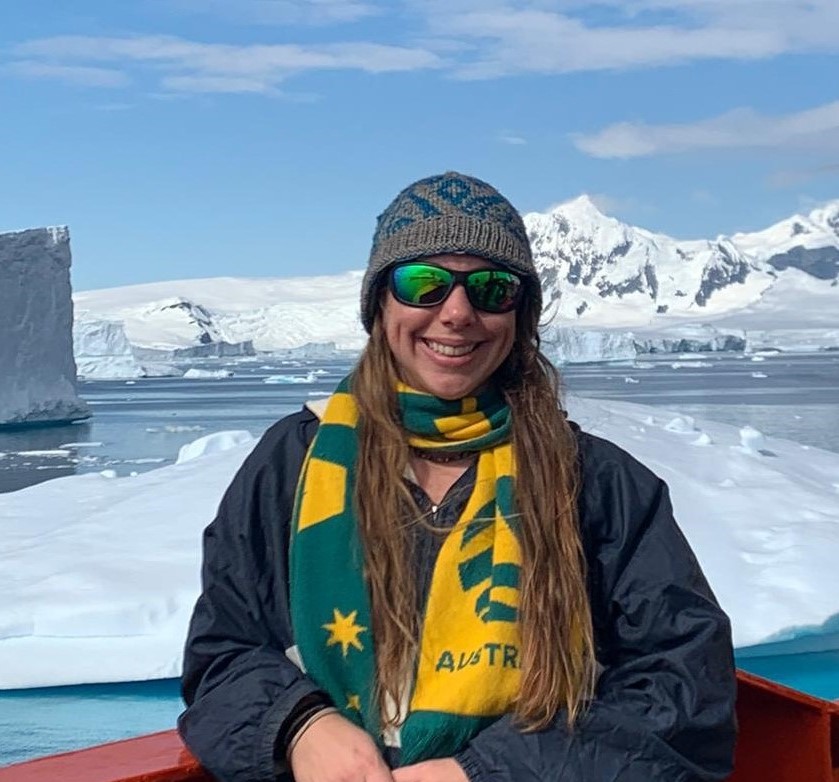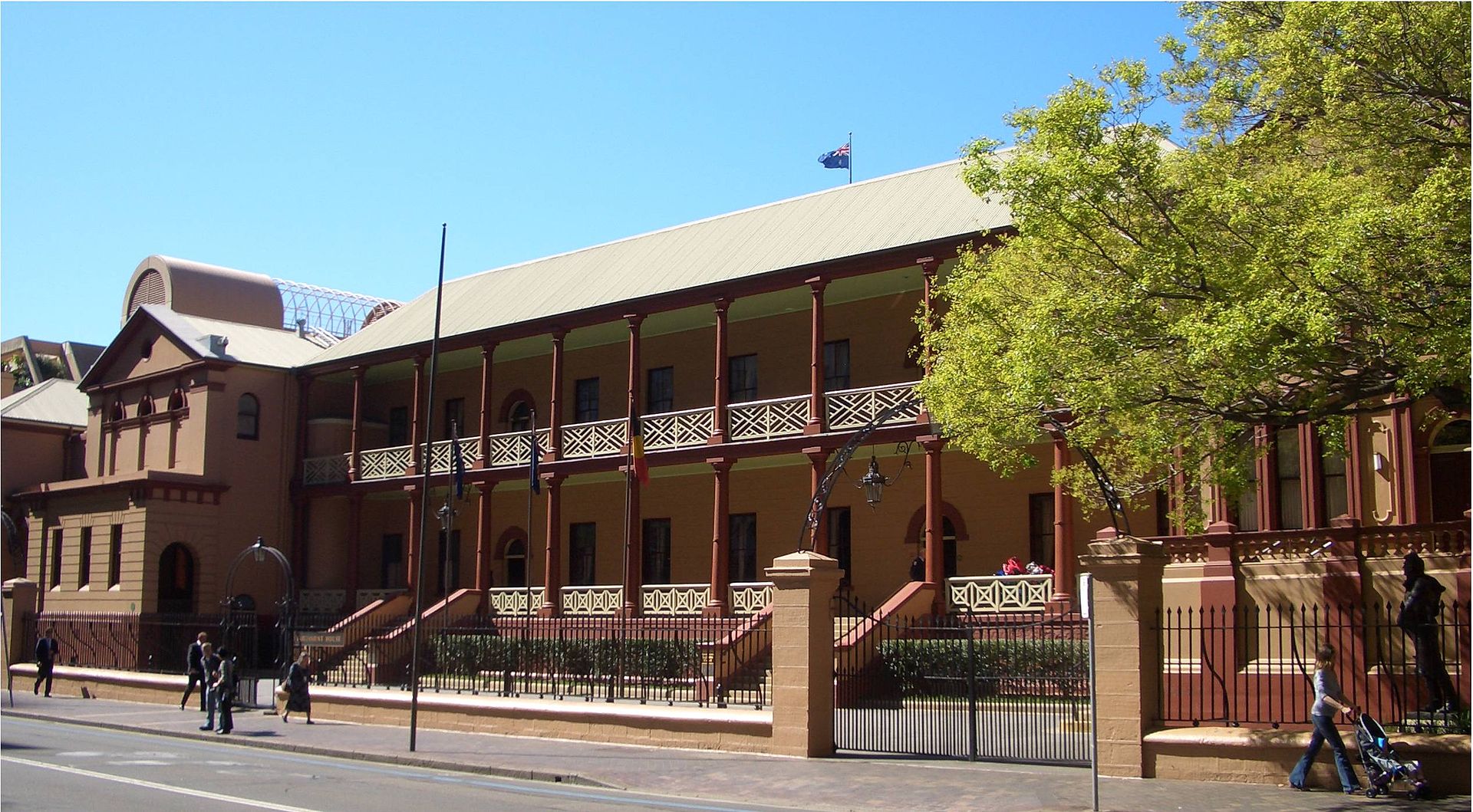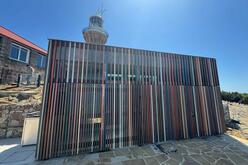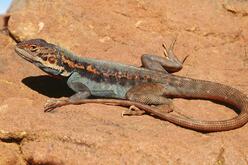In the past few months, Cornell University Library’s Conservation team has been drawing crowds. They prepared archival materials for . At the jampacked organized by Cornell’s entomology department, they demonstrated how to make iron gall ink-a type of ink that wasps help produce and that’s been widely used in the Western world since it was first developed in the 4th century. At a workshop on medieval writing materials, they invited the public to the Conservation Lab in the lower level of Olin Library and were thrilled by the long line of visitors that stretched out into the hallway.
Conservator Trina Parks-Matthews has been energized by the turnout and looks forward to welcoming more participants to workshops, demonstrations, and instruction sessions in the future. “We clearly need a bigger space with moveable furniture,” she said about the prospect of lab renovations to further advance conservation work and programs for educating and engaging the Cornell community.
These recent public events offer glimpses of Conservation’s vital mission of preserving, protecting, and making accessible Cornell University Library’s world-renowned collections for scholars on campus and for visiting researchers from across the globe.
Established in 1985, the Conservation Lab focuses on , explained Michele Hamill, head of Conservation, who specializes in treating paper and photographic works.
“Our Conservation Lab staff have deep knowledge of and experience in the preservation of physical collection formats, utilize nationally accepted specialized materials, and employ national best practices, techniques, and methods to preserve and protect physical collections for today’s scholars and future generations,” she said.
The library’s most valuable holdings have passed through conservators’ hands-from to a manuscript copy of Abraham Lincoln’s ; from materials about human sexuality to rare books related to the history of science.







